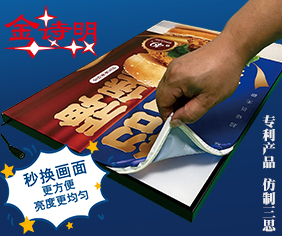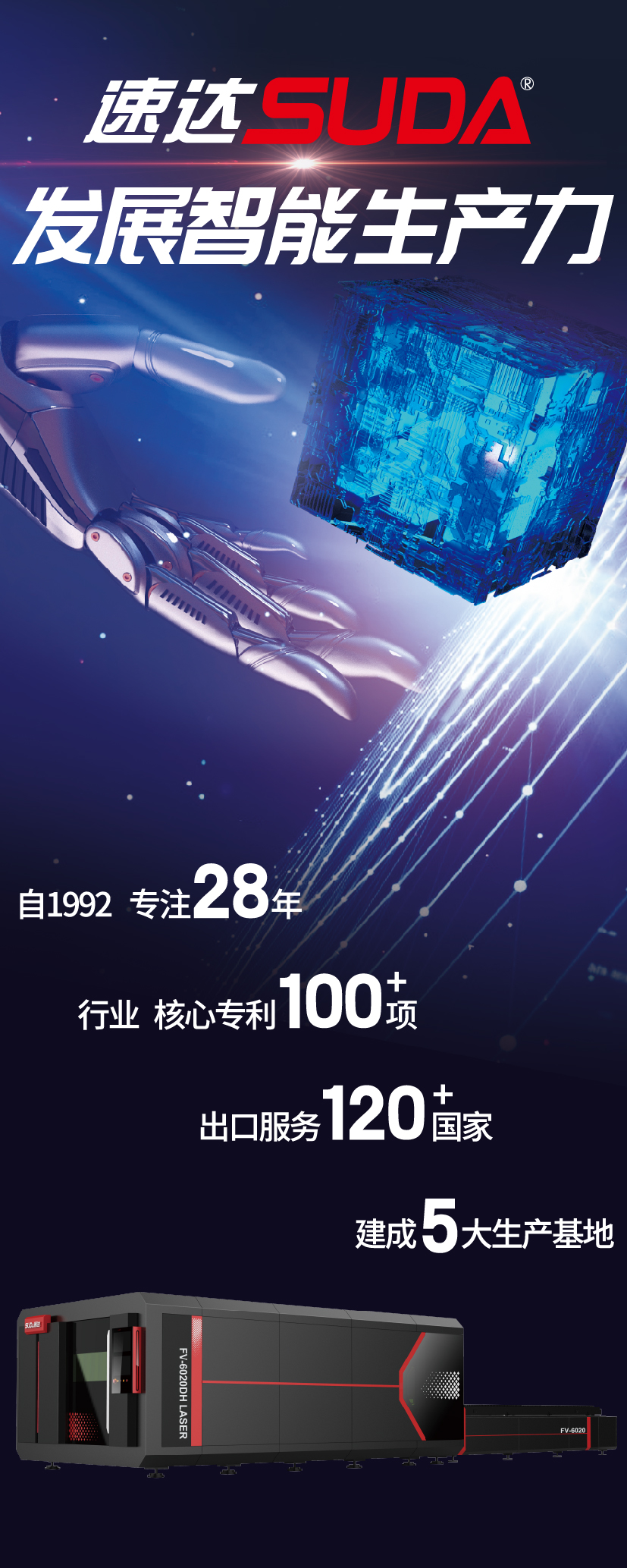No matter how popular direct-to-textile printing becomes, it’s likely dye sublimation using transfer paper will remain king in the industry. The biggest reason for that is transfer paper can be used on just about any surface, not just textiles.
无论直接印刷纺织品变得多么流行,使用转印纸的染料升华仍将是行业的王者。最大的原因是转印纸可以用在任何表面,不仅仅是纺织品。
The transfer process offers better “fine line and detail and image quality vs. a coated textile where you are able to lay more ink down,” says Victoria Harris, application specialist at Suwanee, Georgia-based Mimaki USA. “In direct-to-textile you are able to absorb more ink. Where it is important to have high saturation and good bleed through to the reverse side of the fabric, this is a more desirable process.”
位于乔治亚州苏瓦尼市(Suwanee, Georgia)的Mimaki USA公司的应用专家维多利亚•哈里斯(Victoria Harris)说:“这种转移提供了更好的精细线条、细节和图像质量,而涂层织物则可以沉积更多的墨水。在直接印刷中,织物可以吸收更多的墨水。在重要的是要有高饱和度和良好的渗透到织物的背面,这是一个更可取的解决办法。”
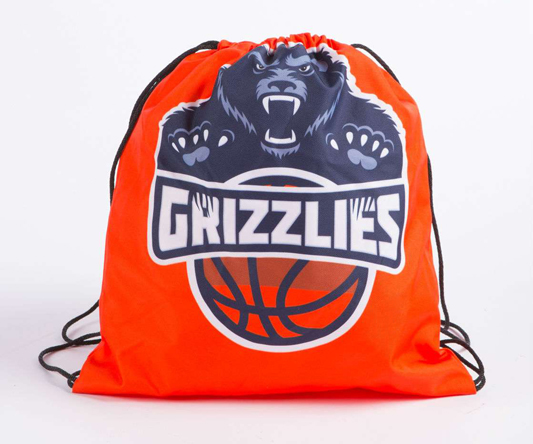
One benefit of transfer paper is that you can easily do small-run projects.
转印纸的一个好处是你可以很容易地做小项目。
he points out that flags and certain fashion applications work better with direct-to-textile printing.
他指出,旗帜和某些时尚应用在直接面向纺织品的印刷中效果更好。
“When looking at the transfer process, you don’t have to have coated fabric. You can select any textile you want as long as it is polyester,” says Harris. “Also with the transfer process, you are able to do rigid substrates that are polyester coated. Because image quality with the transfer process has better detail because the amount of ink going onto the substrate is more controlled, it is [better] for things viewed up close.”
哈里斯说:“从转移过程来看,你不需要涂层织物。你可以选择任何你想要的纺织品,只要是涤纶的。同样,在转移过程中,你可以做刚性基材,聚酯涂层。因为转移过程中的图像质量有更好的细节,因为进入衬底的墨量更可控,所以近距离观看效果更好。”
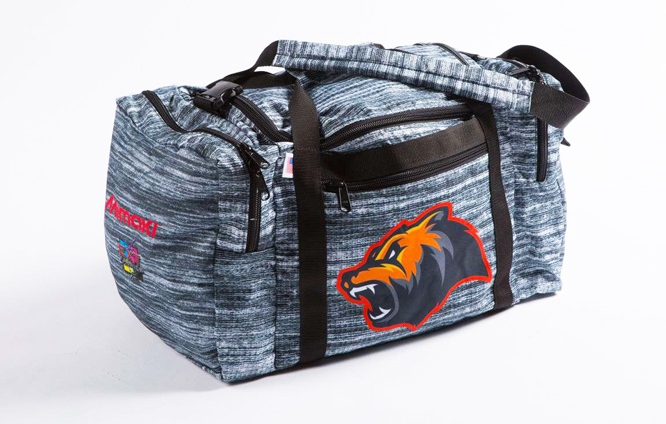
Mimaki’s David Lopez says you get better image clarity with paper transfer and better ink penetration with direct-to-fabric.
Mimaki公司的大卫·洛佩兹说,通过纸张传输,你可以获得更好的图像清晰度;通过直接与织物接触,你可以获得更好的墨水渗透性。
David Lopez, textile solutions specialist/business development for Mimaki, says that he always tells customers that paper transfer is more versatile. Mimaki’s
direct-to-textile printer is geared more toward the flag business where you want the design to bleed through to the other side.
Mimaki的纺织品解决方案专家业务开发大卫•洛佩兹(David Lopez)表示,他总是告诉客户,关于纸张传输的更多功能。Mimaki的直接面向纺织品的打印机更倾向于旗帜业务,大众都希望设计能够渗透到另一面。
“Sometimes I have customers come up to me who want to do direct-to-fabric so they don’t have to purchase paper,” he says. They believe it will be a huge cost savings for them. “What they don’t realize, with our system, is you can’t print to polyester without pretreating. There is still an added cost to pretreat.”
大卫•洛佩兹说:“有时候我有客户来找我,他们想要直接定做面料,这样他们就不需要购买纸张了。他们相信这将会节省大量成本。他们没有意识到,使用我们的系统,你不能在没有预处理的情况下打印成聚酯纤维,预处理还有额外的成本。”
If shops want to source 10-foot pretreated fabric, it isn’t the easiest to find in the U.S., he adds. There are only a couple of textile companies that offer pretreated fabric in that size. There are many more options with paper transfer because a shop can purchase any polyester fabric.
大卫•洛佩兹补充道:“如果商店想采购10英尺高的经预处理的布料,在美国是不容易找到的。只有几家纺织公司提供这种尺寸的预处理织物。因为商店可以买到任何涤纶织物,所以纸张转印有更多的选择。 ”

This ottoman has a dye-sublimated pattern that was printed on the Mimaki TS300P-1800.
这款奥斯曼有一个染色升华图案,在Mimaki TS300P-1800上印刷的。
Mimaki now offers its Rimslow line of pretreatment equipment to help shops that struggle to find pretreated fabrics for their direct-to-textile printers. The machines are small enough to fit in a small sign shop.
Mimaki现在提供其Rimslow预处理设备生产线,以帮助那些难以为其直接到纺织品打印机找到预处理织物的商店,这些机器小到可以装进一个小招牌店。
“Being able to do it yourself is going to cut costs and control what goes into these pretreatments,”says Lopez.“Every ink company manufactures ink differently. Pretreatment is not one solution for all.”
洛佩兹说:“能够自己做这件事将会降低成本,控制这些预处理的成本。每个油墨公司生产的油墨都不一样,预处理并不是万能的。”
He adds that “you get better clarity with paper transfer and better penetration with direct-to-fabric.”
他补充说:“纸的转移和直接到织物的渗透都能使织物变得更清晰。”
Randy Anderson, product marketing manager for textiles at Phoenix-based wide-format printer and cutter manufacturer Mutoh America, says “Paper is universal. You can use paper across the board, not only for fabrics but garments and hard surface devices as well. It is extremely universal across the board. ”
兰迪·安德森 (Randy Anderson)是凤凰城宽幅打印机和刀具制造商Mutoh America的纺织品产品营销经理,他说:“纸是普遍的。您可以在打印板上使用纸张,不仅限于织物,还用于服装和硬表面材料,它全面普及。”
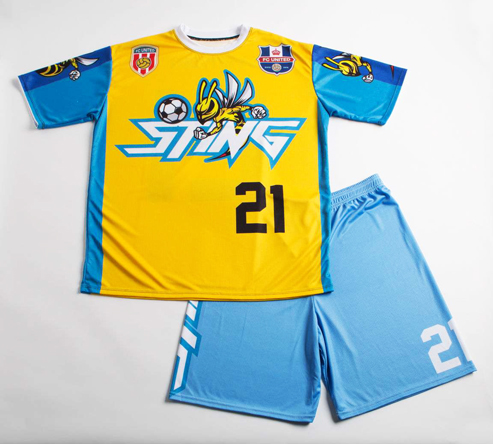
The transfer process is a great way to deal with fabrics that stretch, such as sportswear.
转移过程是一个巧妙的方式来处理织物的拉伸,如运动服。
Direct-to-textile is much more limited. To print on stretch materials, you need a sticky belt to hold the material flat and rigid so you can print on it. That means the material must be coated to be receptive. When you print on fabric, the liquid will wick along the fibers. If you use a pretreatment, it helps control the dots.”
直接印刷对纺织品的限制要小得多。要在有弹性的材料上打印,你需要一条胶带把材料固定在平面上,这样你就可以在上面打印了。这意味着材料必须经过涂层才能被接受。当你在织物上打印时,液体会沿着纤维流动。如果你使用预处理,它有助于控制点。
The home décor market is driving direct-to-print, Anderson says, but more than 90 percent is still paper transfer. Direct-to-textile is where dye sublimation was 10 years ago, he says. “Everything was still up in the air. The inks were changing, the paper was changing. Now there are hundreds of thousands of polyester fabrics and dozens of highly rated inks and papers as well. The dye-sub market is stable and all of its applications are open for just about anybody who can purchase a machine.”
安德森说:“家居装饰市场正在推动直接印刷,但仍有90%以上是纸张转印。10年前染料升华就是直接用于纺织品的。一切仍然悬而未决。墨水在变,纸在变。现在有成千上万的涤纶织物和几十种高质量的油墨和纸张。染料子市场是稳定的,它的所有应用都是开放的,几乎任何人都可以购买一台机器。”
The quilting market is driving a lot of business to direct-to-textile. Anderson says that one of Mutoh America’s clients, Spoonflower, an online custom-printed fabric company, allows people to submit a design and get as much or as little fabric as they want, down to a quarter of a yard.
安德森补充道:“棉被市场正在推动许多企业直接转向纺织品。Mutoh America的一个客户匙花(Spoon flower)是一家在线定制印花面料公司,它只需要用户提交一份设计,然后得到他们想要的多或少的面料。”
“So a lot of people will start and buy fabric there to start a business. Once their quantities get to a point where it makes sense to bring that in house, they will buy equipment and start producing their own fabrics,” Anderson says. “They had 28 of our printers there. They’ve since gone to larger and faster printers because volumes increased so much. They still have a half dozen of our printers there for specialty items.”
安德森说:“所以很多人会在那里开始买布料开始做生意。一旦他们的数量达到一定程度,他们就会购买设备,开始生产自己的面料,我们在那里有28台打印机。之后,他们转向了体积更大、速度更快的打印机,因为打印机的体积增加了很多。他们那里还有很多我们的打印机,可以打印特殊产品。”
Clients also use Mutoh machines to print wall coverings and clothing. The company is trying to get some people involved in automotive to do seat covers and headliners, which are more personalized products that a smaller printer would be a good fit for, he adds.
安德森说:“客户也使用Mutoh机器打印墙壁包装和衣服。该公司正试图让一些从事汽车行业的人生产座套和头饰,这是更个性化的产品,更小的打印机将非常适合这些产品。”
Direct-to-fabric is also used heavily in P.O.P. signage, trade show graphics, museum fine art prints, banners, flags, fabrics for custom clothing and interior design.
直接印刷也被大量应用于P.O.P.标识、贸易展览图形、博物馆美术版画、横幅、旗帜、定制服装面料和室内设计。
Jason Bartusick, product development, strategic planning for Garden Grove, California-based Media One USA, says that along with flags, backlit graphics are a good use of direct-to-textile dye sublimation because “dye-sub backlits have better saturation than they do with transfer.”
总部位于美国加利福尼亚州加登格罗夫(Garden Grove)的产品开发战略规划杰森·巴图斯克(Jason Bartusick)表示:“背光图形和旗帜一样,是直接对纺织品染料升华的一种很好的应用,因为直接印刷的背光式染料比转移印刷具有更好的饱和度。”
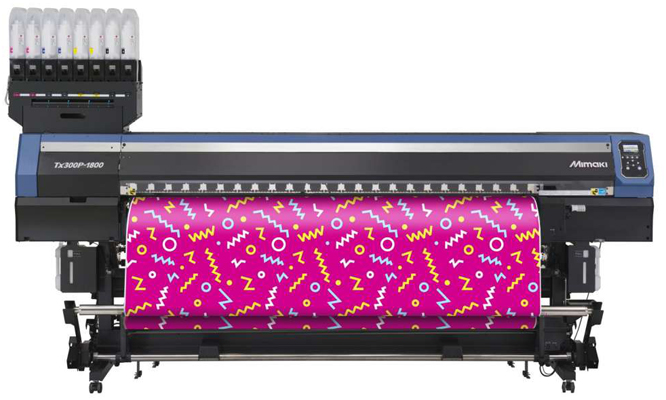
The Mimaki Tx300P-1800 direct textile inkjet printer is suitable for customized gifts, according to the company.
公司介绍,Mimaki Tx300P-1800直接纺织喷墨打印机适用于定制礼品。
A benefit of using transfer paper is that if you have a problem with the machine printing the paper, sublimating can hide the problems.
使用转印纸的一个好处是,如果你的机器印刷纸张有问题,采用升华可以解决问题。
When people bring up the cost differences of transfer paper vs. direct-to-textile printing, he says that transfer paper costs anywhere from 5 cents to 12 cents per square foot depending on the weight of the paper. On the direct side, it costs about 1.5 cents extra per square foot for a direct disperse coating, he says.
杰森·巴图斯克说:“当人们提到转印纸与直接转印纺织品的成本差异时,转印纸的成本取决于纸张的重量,从每平方英尺5美分到12美分不等。在直接涂层方面,每平方英尺的直接分散涂层要多花1.5美分。”
“A lot of people get this perception that coated fabric is super expensive, but everyone is already using coated fabrics. That’s the funny part.Everybody is using coated fabrics. Everybody. There is not a single customer in the industry that uses a fabric that is not fire retardant.” he says.
杰森·巴图斯克说:“很多人认为涂层织物非常昂贵,但现在每个人都在使用涂层织物。这才是有趣的地方。”
So it doesn’t take that much time to add one more chemical to the textiles before printing direct, he adds.“From a quality perspective, I’d say transfer is going to give you a little tighter image and just a little tighter on text,” he says, although the difference is so minute he doesn’t think it really matters.
因此,在直接印刷之前,在纺织品中再添加一种化学物质并不需要那么多时间,
从质量的角度来看,传输会让你的图像更紧凑,文本更紧凑,尽管差别很小,但杰森·巴图斯克并不认为这很重要。
Any material that touches your skin should be done with transfer paper, he adds. If the large print is going to be outdoors, direct-to-textile has better durability than transfer paper.Another advantage of using transfer paper is that you can do smaller runs, Bartusick says.
杰森·巴图斯克补充说:“任何接触皮肤的材料都应该用转移纸。如果大的打印是在户外,直接到纺织品比转移纸有更好的耐久性。”
As for the cost of the machines, he says they are equivalent. If a shop has never done textile printing before, he says it is a 3-month to 6-month learning curve. He also recommends that shops seek out a good company to help them with the finishing process, like sewing or welding.
至于机器的成本,杰森·巴图斯克表示它们的价格差别并不大。如果一家商店以前从未做过纺织品印花,这将会花费他们一个3个月到6个月的学习时间,他还建议商店寻找一家好公司来帮助他们完成缝纫或焊接等整理过程。





